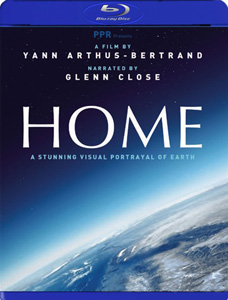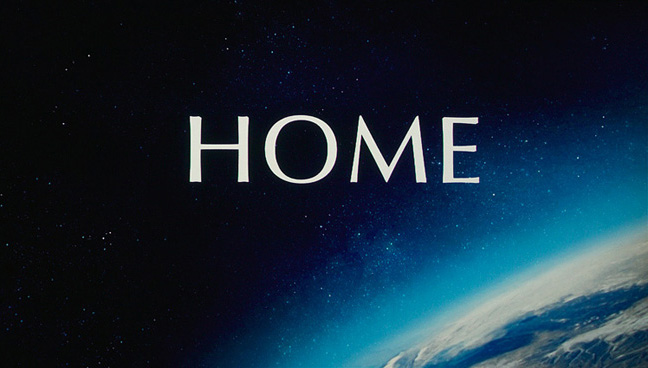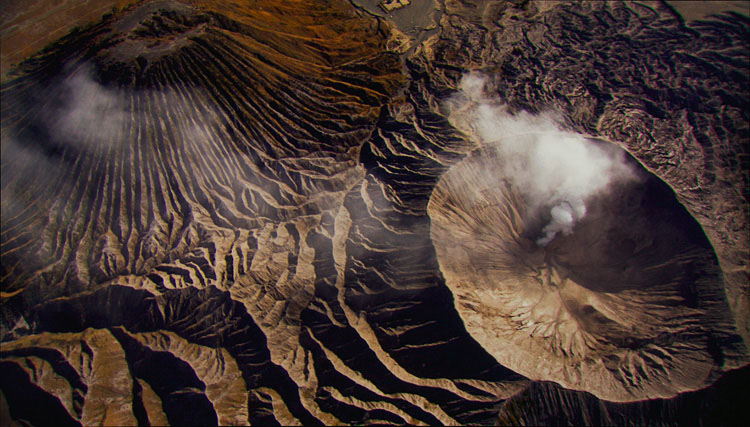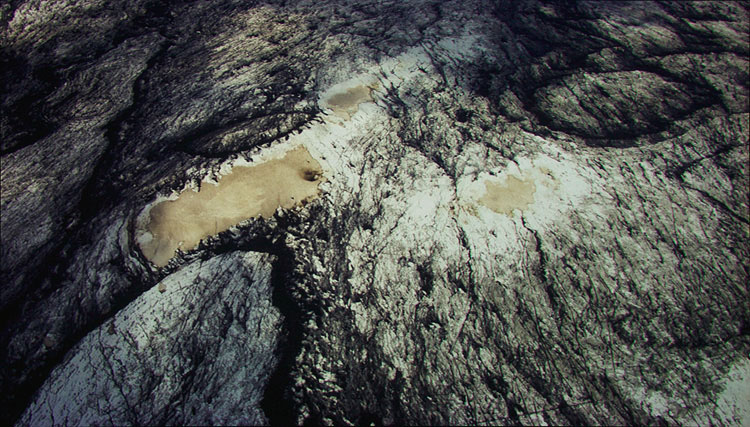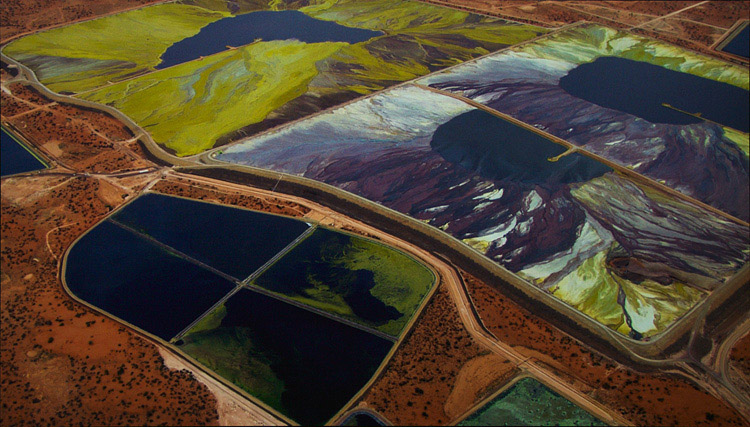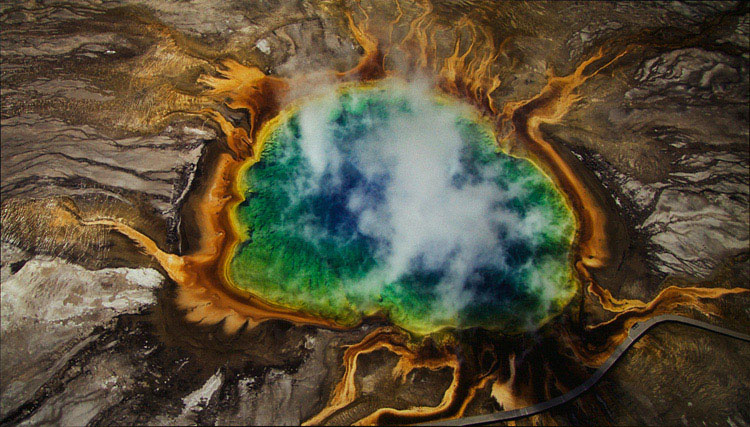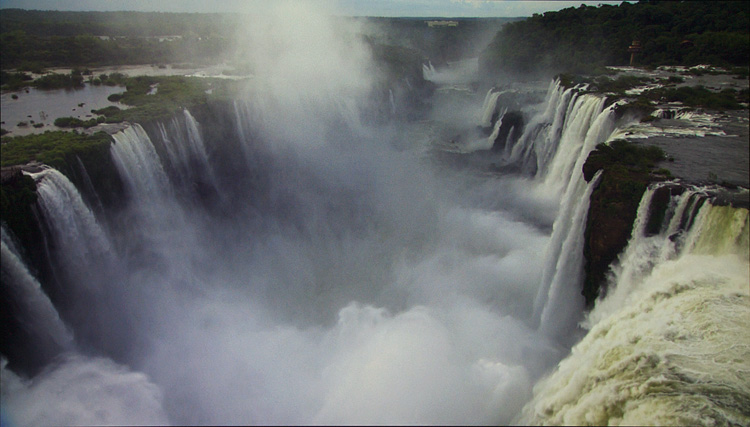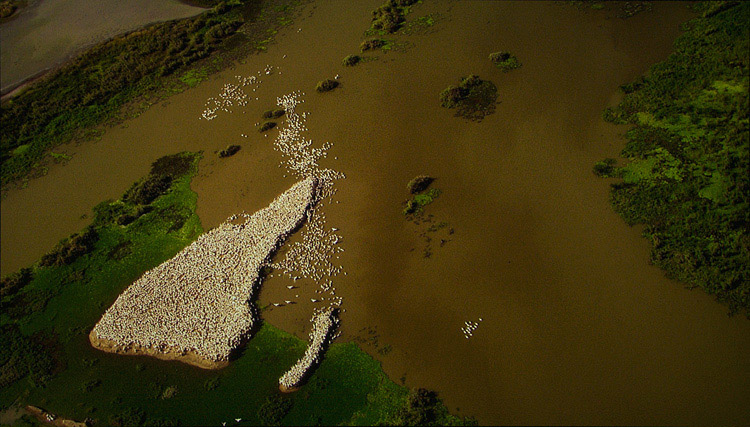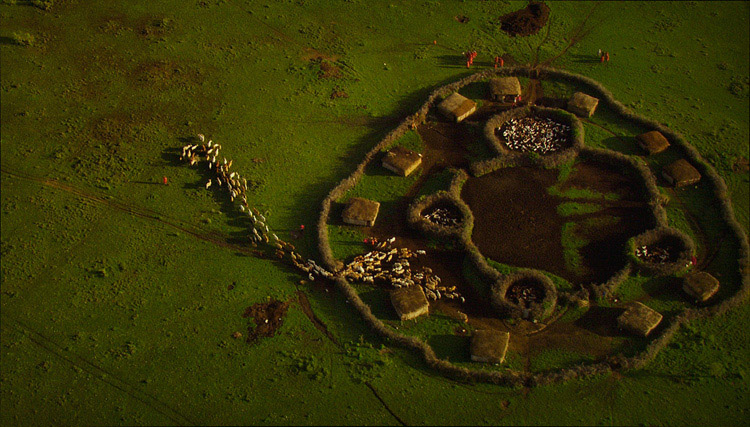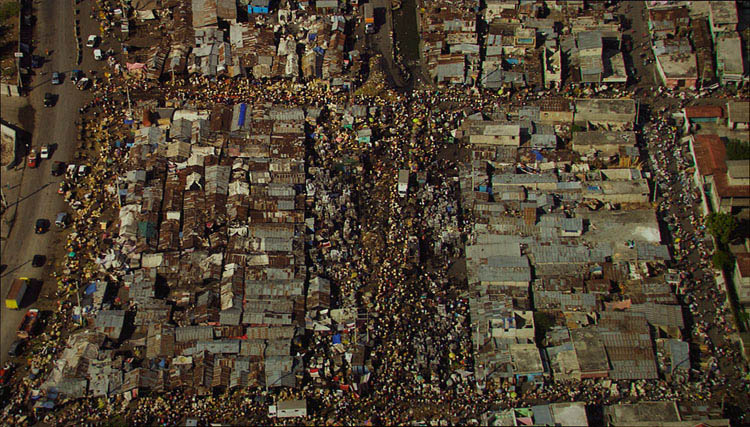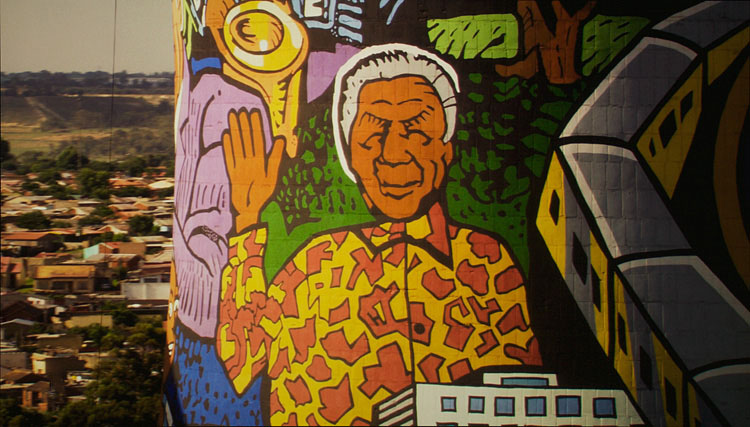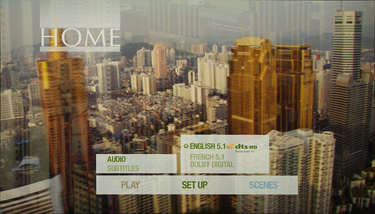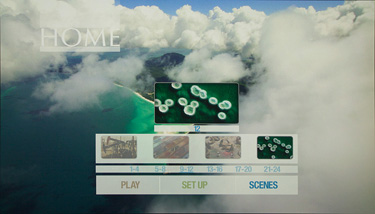Review by Leonard Norwitz
Studio:
Theatrical: Europa Corp.
Blu-ray: 20th Century Fox Home Entertainment
Disc:
Region: A
Runtime: 118 min
Chapters: 24
Size: 25 GB
Case: standard Blu-ray case
Release date: June 9th, 2009
Video:
Aspect ratio: 1080p
Resolution: 1.78:1
Video codec: 1080p
Audio:
English DTS HD-Master Audio 5.1; French 5.1 Dolby Digital
Subtitles:
English SDH
Extras:
• (none)
The Film:
4
Last week, quite by chance, I queued up two documentary
films about our planet. And they couldn't be more different
in subject, tone, point of view and their ability to
communicate their message. Both films are beautifully
photographed. Home keeps the camera about as far as possible
from the subject and never interacts with it; Chamakoda
moves in so close that we can feel the texture of breath.
Each is scored with original music that brings depth to the
experience.
The narration in both cases is spoken by a venerable actor
who knows how to read. Choi Bul-Am is one of Korea’s most
respected actors with appearances in films as far back as
1968. Glenn Close is a multi-talented actress with a voice
that speaks elegance and authority. But whereas the one
shares and invites; the other warns and scolds. Much of the
responsibility for this latter effect – intentional, I am
quite sure – comes with the script that, right from the
opening sentences declare a finger-wagging cautionary
instruction to her audience. The text is riddled with
faux-haiku declarations that I, for one, found very
off-putting.
The aerial photography of the opening chapter or so is
generally pretty spectacular stuff, but I failed to
understand the connection between what amounts to a series
of stunning graphic designs and the narration. At times,
even when the image content is clear enough, the point of
the commentary and the images don’t line up.
As omniscient as the narrator is, she (or he, on the French
track) doesn't identify herself. She is a concerned visitor,
like Klaatu, but, unlike Klaatu, doesn't involve herself
with us. She remains hovered above our planet's surface at a
safe distance. There are no conversations with the
inhabitants. But neither is she God. Except for her opening
admonition to listen up, she speaks about humans, not to us.
She does not say: "Look what I gave you. Understand what it
took for life to evolve. I put you here as wards of this
planet, of its resources and its life forms – and look what
you've done with it. Look." Certainly that's the message,
but she doesn't have the courage of her convictions to say
so.
But neither is she one of us, as was Al Gore, inviting us to
join him in taking responsibility for what we who have the
power to change things have done here. I like to think of
myself as environmentally sensitive, and so I found the tone
of the narration insulting. If, on the other hand, I were
insensitive, I probably would have been simply bored.
Image:
4/7
The first number indicates a relative level of excellence
compared to other Blu-ray video discs on a ten-point scale.
The second number places this image along the full range of
DVD and Blu-ray discs.
The entire movie appears to have been shot from helicopters
or jets, mostly the former. I'm guessing that for that
reason, and despite current technology to reduce vibration,
it doesn't entirely eliminate it. As with parts of Planet
Earth there is a lack of sharpness that pervades this
high-definition movie that fatigues both eye and mind. While
some frames are sharper than others, there remains a
vagueness that works against the point of the narration. We
look at the Earth from high above, but do not see – or,
rather, we do not make sense of. Patterns are clear, but not
the texture. Color and contrast is right on the mark. If
there were artifacts I was unable to tell, since I was
distracted by its lack of clarity. The narration doesn't
help much. To be fair, the degree of squinting required only
occurs in these high altitude shots; most of the movie is
understandable, and all of it is, or would be, stunning.
Audio & Music:
6/7
The audio consists largely of the narration, written by Yann
Arthus-Bertrand, Isabelle Delannoy and others, and an
original music score by Armand Amar. There are occasional
moments of planet sounds: birds, waterfalls, city noises and
the like. But by and large we are not concerned with
accuracy of lining up the one with the other. The narrator
remains front-directed (and much smaller in the French) but
the music and effects are mixed into the surrounds. The
overall effect is pleasant enough, but unremarkable. The
uncompressed DTS HD-MA audio mix is considerably dynamic and
more substantial. It's too bad, really, that no one thought
seriously of giving the same treatment to the French which,
unlike March of the Penguins, is much the same except for
its being in French. On the other hand, in place of what's
here you might want to try cuing up Philip Glass's music for
Koyaanisqatsi – which Amar bows to anyhow when the camera
settles over the big city.
Operations:
7
There are no extra features, so the menu is simplicity
itself. I like the large pop-ups for each thumbnail.
Extras:
0
None. Like Planet Earth, it would appear that the producers
of this video feel that the feature content speaks for
itself. I am inclined to agree.
Bottom line:
3
Home is like
Koyaanisqatsi, only with narration. Instead of
our being shown a world where "life is out of balance" we
are told about it in a kind of geo-history lesson. The movie
ends with a series of frightening statistics that arrive
like a plea for donations for war orphans. I fully expected
addresses for UNESCO and my congressman to pop up at any
moment. The aerial photography means well, and the shots are
graphically fascinating, and would be much more effective if
they were rendered more sharply.
Leonard Norwitz
June 22nd, 2009
![]()
![]()

![]()
![]()
![]()
![]()

![]()
![]()

